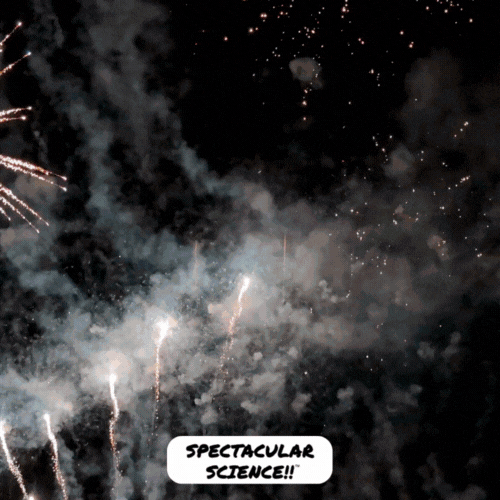How Does Thunder Happen?
Thunder happens because of lightning. Here is how lightning happens: First, we have to start off with a storm cloud. Tiny pieces of ice, which are actually frozen water droplets, clash around inside of the storm cloud. This clashing makes an electric charge that is then stored inside of the cloud. The positively charged electricity goes to the top of the cloud and the negatively charged electricity settles at the bottom. Since opposites attract, the negative charge jumps from where it is at the bottom of the cloud to the top of the cloud. That jump is what we see as a bolt of lighting. We just said that because of the charges jumping from the negative to the positive is what causes lightning. The ground under a storm cloud is also positively charged. The positive charge tends to bunch up in things that stick up high from the ground like trees and tall buildings. The negative charge from the ground hits the positively charged ground. That is how lightning strikes the ground. Now, here is how thunder happens: the lightning strike is so powerful that it opens up a pocket of air called a channel. When the lightning is gone, the pocket collapses in on itself causing the sound. It is like a balloon popping.
Why Does the Volume of a Thunderclap Vary or Change?
The volume of a thunderclap is determined by how far away the storm is. When the storm is farther away, it takes longer for the sound to travel. That makes the sound lose energy. You can tell how far away a storm is by counting the seconds between lightning and thunder.; Each second represents 1 mile.

